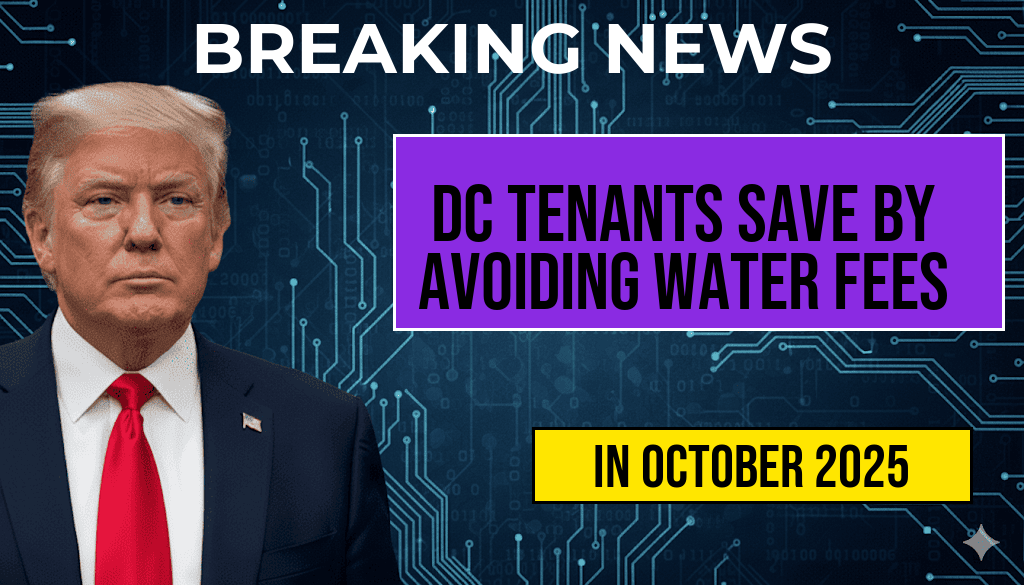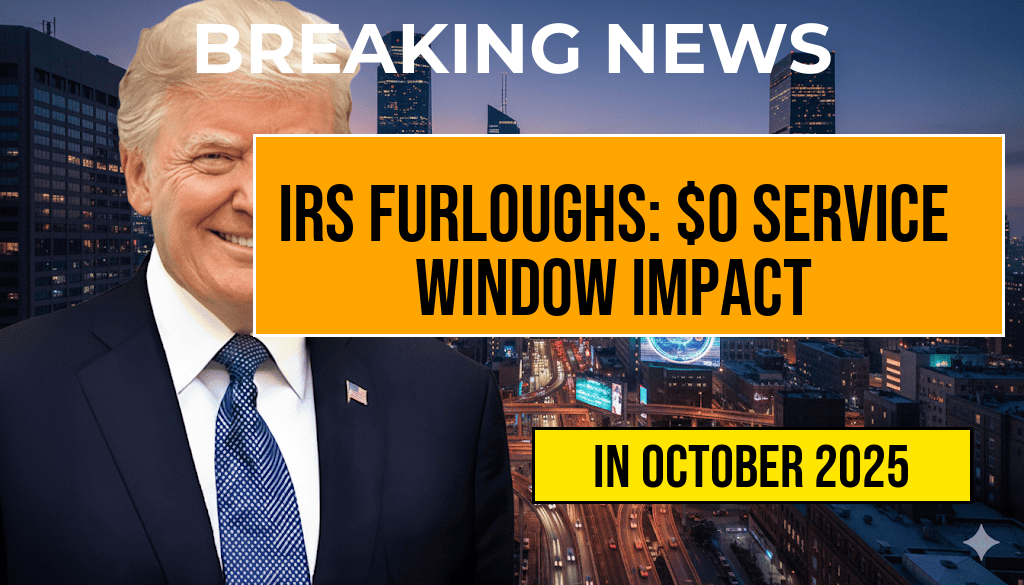In a significant policy shift, Maryland legislators are introducing a new tiered fine system for speeding violations, which could result in offenders paying hundreds of dollars more than they currently do. The proposed system categorizes speeding offenses into different tiers based on how much over the speed limit a driver is traveling. This legislation aims to improve road safety and reduce the number of accidents caused by excessive speeding. As lawmakers debate the implications of these changes, many drivers are expressing concern about the financial burden they could face. The new fines could range from a few hundred dollars to well over a thousand, depending on the severity of the offense. As Maryland grapples with increasing traffic-related incidents, officials believe that the tiered fine structure may be an effective deterrent against reckless driving.
Details of the Proposed Tiered Fine System
The Maryland House of Delegates has been discussing the specifics of the tiered fine structure, which is set to be implemented in the coming months if approved. Under the new system, fines for speeding will be categorized as follows:
| Speed Over Limit | Fine Amount |
|---|---|
| 1-10 mph | $50 |
| 11-20 mph | $100 |
| 21-30 mph | $200 |
| 31-40 mph | $300 |
| 41+ mph | $500 |
This tiered approach means that those caught driving significantly over the speed limit could face fines that are substantially higher than current penalties, which typically range from $40 to $150 depending on the offense.
Rationale Behind the Change
Maryland’s decision to implement tiered fines stems from a growing concern about road safety. According to recent statistics from the Maryland Department of Transportation, speeding has been a contributing factor in a large percentage of traffic accidents in the state. In 2022 alone, over 200 fatalities were attributed to speeding-related incidents. Lawmakers believe that increasing the financial repercussions for speeding could serve as a deterrent, encouraging drivers to adhere to speed limits.
Public Reaction
Public opinion on the proposed fines has been mixed. While some drivers acknowledge the need for stricter penalties to promote safety, others argue that the new fines could place an undue financial burden on low-income individuals. Many citizens fear that the increased fines will disproportionately affect those who may be unable to afford them, leading to a cycle of debt and further legal complications.
- Supporters of the tiered fine system argue that:
- Higher fines may deter reckless driving.
- Improved road safety could reduce accidents and fatalities.
- Funds collected from fines could be used for road safety initiatives.
- Opponents contend that:
- The tiered system could disproportionately impact lower-income drivers.
- Fines may not effectively change driving behavior.
- Alternative measures, such as more public safety campaigns, should be considered.
Potential Impact on Driving Behavior
Experts in traffic safety suggest that the implementation of tiered fines may lead to a change in driver behavior. According to a study by the Insurance Institute for Highway Safety, states that have enacted stricter speeding penalties have seen a reduction in speeding-related accidents. However, the effectiveness of tiered fines in Maryland will depend on enforcement and public awareness.
As the legislation moves forward, the Maryland State Police have stated they will increase efforts to educate drivers about the new penalties. Public campaigns are expected to highlight the dangers of speeding and the financial consequences of such behavior.
Next Steps for Maryland’s Legislation
The Maryland House of Delegates will continue discussions and may hold public hearings to gather feedback from constituents. If passed, the new tiered fine system is expected to take effect in early 2024, with officials urging drivers to adhere to speed limits to avoid the increased financial penalties.
As Maryland takes this step towards stricter traffic enforcement, other states may be watching closely to see the outcomes of this legislative change and whether it effectively promotes safer driving habits.
Frequently Asked Questions
What are the new changes to speeding fines in Maryland?
The new legislation introduces tiered fines for speeding offenders, meaning that fines will increase based on how much over the speed limit a driver is going.
How do the tiered fines work?
The tiered fines system categorizes speeding violations into different levels, with each level corresponding to a specific fine amount. The more significant the speed over the limit, the higher the fine.
Will this affect all speeding violations in Maryland?
Yes, the new tiered fines structure will apply to all speeding violations, increasing the financial consequences for those who exceed the speed limit.
How much more could offenders expect to pay?
Offenders could potentially pay hundreds more depending on their speed, with the fines increasing significantly for higher levels of excess speed.
When does this new fine structure take effect?
The new tiered fines structure is set to take effect on a specific date, which will be announced by Maryland officials as part of the implementation process.













